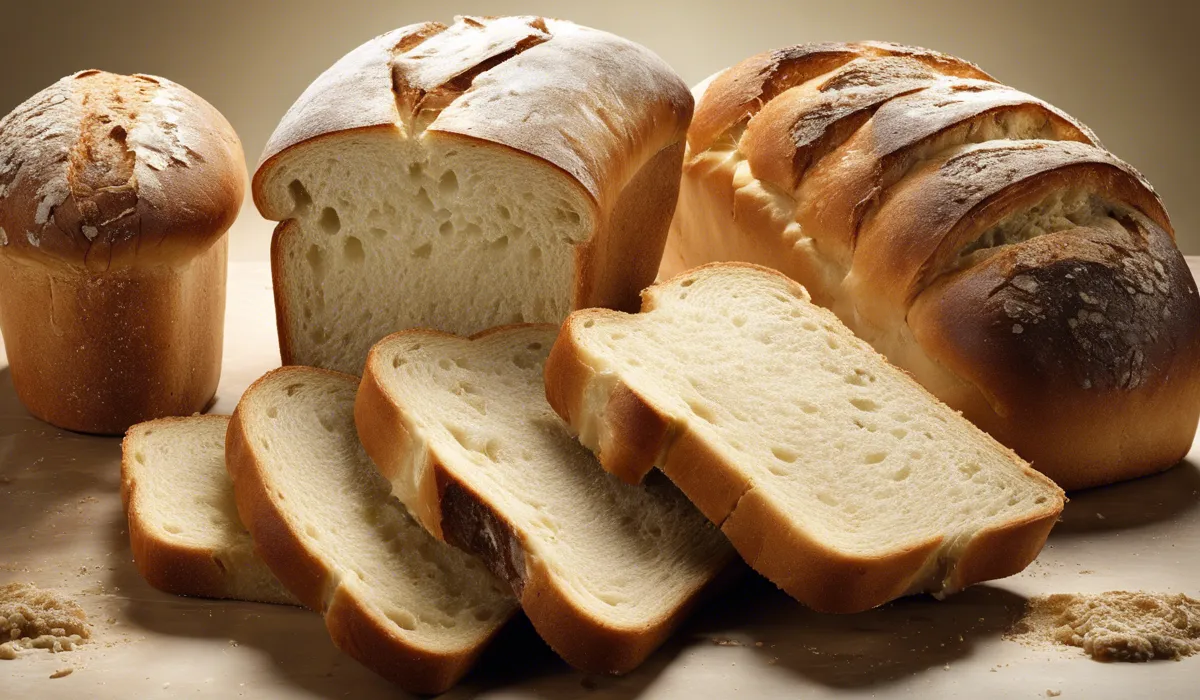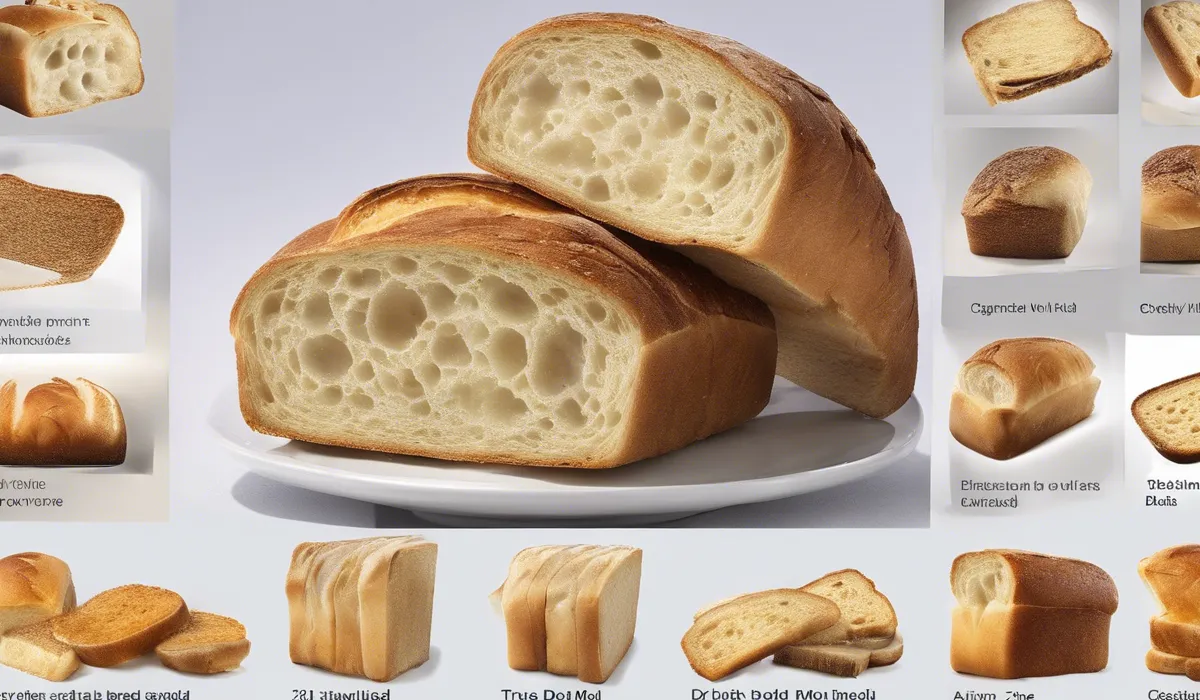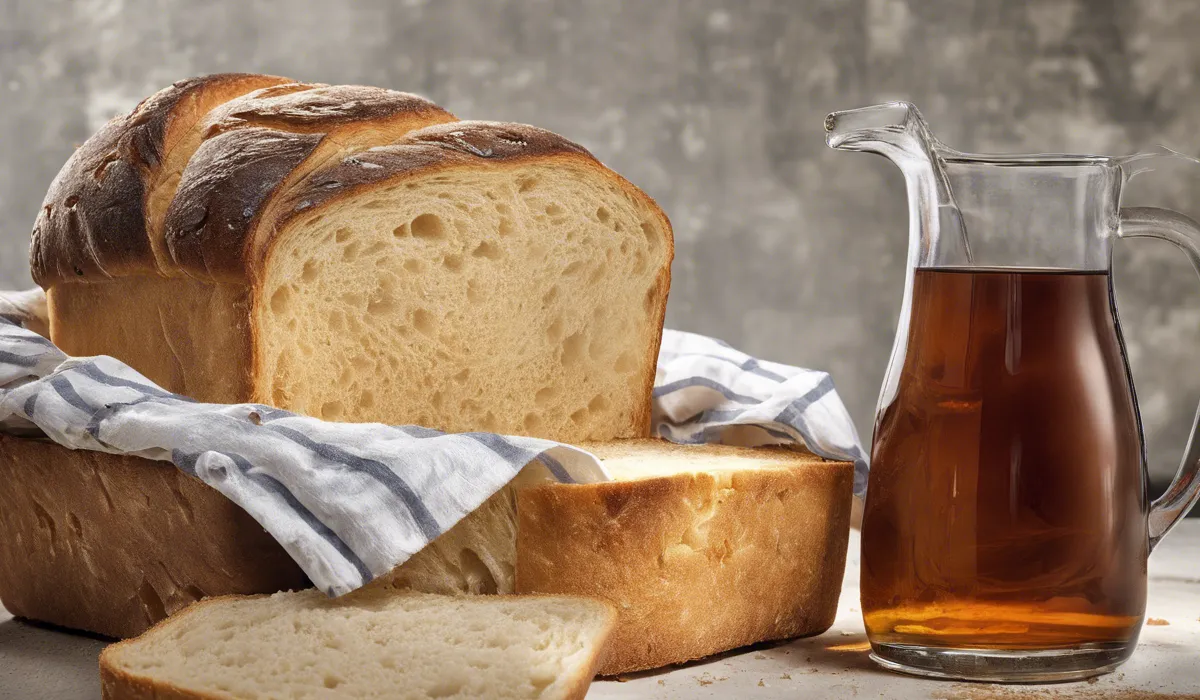Toasting bread does not kill all mold spores. While heat may destroy visible mold, some spores may survive the toasting process. It’s not safe to eat toasted moldy bread; discard it to avoid health risks.
The Science of Mold on Bread

Understanding Mold as a Fungus
Mold is a type of fungus, a living organism that belongs to the same kingdom as mushrooms.
Mold comes in many different shapes and colors, and you may sometimes find it on old bread. Fungi like mold are important for breaking down dead materials in nature, which is why mold grows on bread that is not fresh anymore.
Ideal Conditions for Mold Growth
Mold loves warm and moist places. This is why bread stored in a dark, damp area can quickly become moldy.
Mold spores, which are like tiny seeds, float through the air all the time. When these spores land on something they can eat, like bread, they grow into the mold you can see.
The Spread of Mold on Bread
When mold spores settle on bread, they begin to grow by sending out tiny threads called hyphae.
These threads spread across the surface and even into the bread. As they digest the bread for food, more spores are produced, which can spread to other pieces of bread or foods nearby.
Visible Signs and Hidden Dangers of Mold
Mold on bread often looks like fuzzy spots that can be green, white, or black. These spots are colonies of mold that have grown large enough for us to see.
What’s not visible to the naked eye are the deep threads of mold and the toxins they can produce, which can be harmful to our health.
The Effect of Toasting on Mold

How Toasting Bread Works?
Toasting bread means heating it until it becomes crisp and brown. The heat changes the bread’s texture and flavor. Some people think toasting might also kill mold, but let’s see if that’s true.
Heat’s Impact on Mold
Heat can kill mold, but it has to be very hot. While toasting bread does use heat, it might not be enough.
Mold can survive at lower temperatures, which means some spores might remain even after toasting.
Temperature Needed to Kill Mold
Scientists say that mold is killed at temperatures around 140 degrees Fahrenheit (60 degrees Celsius) or higher.
However, the inside of toasted bread might not get that hot, leaving some mold alive, especially if the bread is moist.
Toasting vs. Mold-Killing Heat
When you toast bread, the surface gets hot and crispy, but the heat may not go all the way through.
So, even if the surface mold is killed, spores inside the bread might survive. That’s why toasting isn’t a reliable way to get rid of mold on bread.
Health Considerations and Best Practices

Risks of Eating Moldy Bread
Eating moldy bread can make you sick. Mold can produce toxins called mycotoxins, which can cause allergic reactions or even food poisoning.
It’s best to be safe and not eat bread if you see or suspect it has mold.
Visible Mold and Hidden Contaminants
If you see mold on the surface of bread, there is likely more mold inside that you can’t see.
Mold’s roots may have spread throughout the bread, and toxins could be present even where the mold isn’t visible.
Why Removing Visible Mold Is Not Enough?
Some people might think that cutting off the moldy part of bread makes it safe to eat. However, because mold can be deep inside the bread and toxins can spread, it’s not a good idea to eat any part of moldy bread.
Handling Moldy Bread Safely
If you find mold on bread, it’s best to throw away the whole loaf. Put it in a bag to prevent spores from spreading and wash your hands afterward.
This will help keep your kitchen and other food safe from mold.
Preventing Mold on Bread
To prevent mold, store bread in a cool, dry place and eat it before it gets old. If you need to keep it for longer, you can freeze it, which stops mold from growing.
Remember, fresh bread is the best bread, both for taste and safety!
FAQs About Toasting Bread and Mold
Does toasting bread kill all mold spores?
No, toasting bread does not kill all mold spores. Some spores may survive the toasting process.
Is it safe to eat toasted moldy bread?
No, it is not safe to eat toasted moldy bread; you should discard it to avoid health risks.
Can you see all mold on bread before toasting?
No, not all mold may be visible to the naked eye before toasting.
What should you do with bread if you find mold on it?
If you find mold on bread, you should discard the entire loaf to avoid the risk of ingesting mold spores.
Can heat from toasting make moldy bread safe to eat?
Heat from toasting may not make moldy bread safe to eat, as it does not destroy all mold spores.
Final Thoughts
Toasting bread cannot be relied upon to kill all mold spores. The heat from toasting may eliminate visible mold, but resistant spores likely persist.
Eating toasted moldy bread is unsafe, and the best practice is to discard it to prevent potential health hazards.
